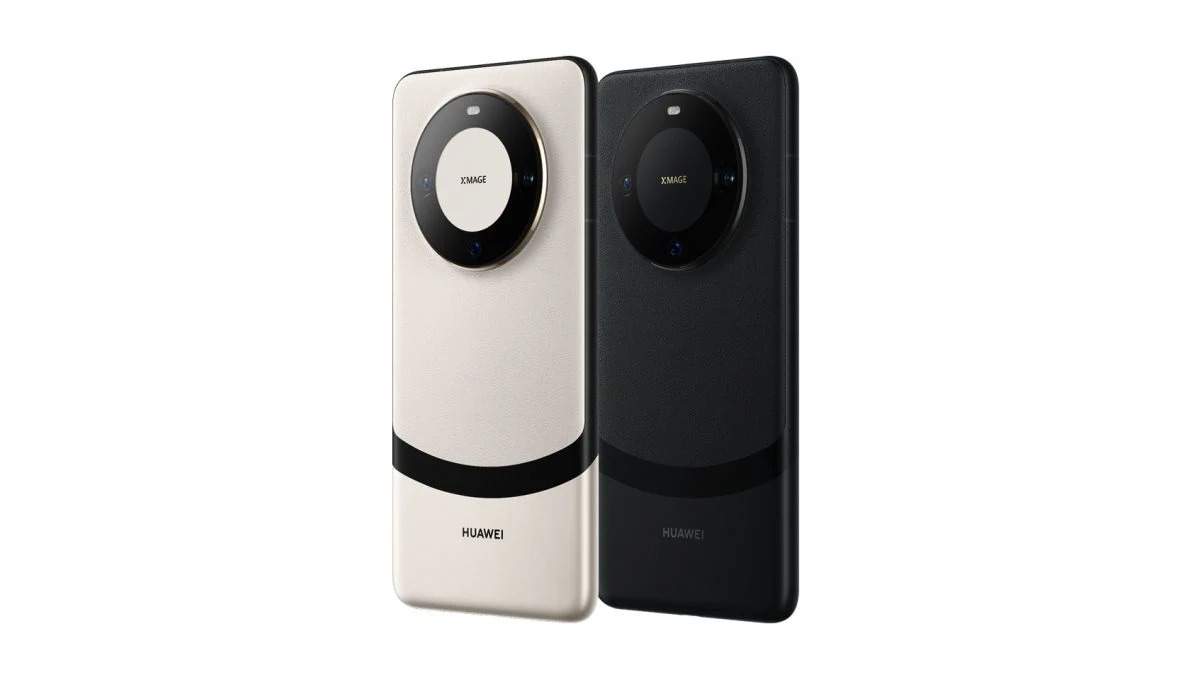[ad_1]
Huawei has launched two new flagship phones, the Mate 60 Pro Plus and the Mate Fold X5, shortly after debuting the new Huawei Mate 60 and Mate 60 Pro. Both releases come at a time when Huawei remains restricted from purchasing 5G-capable chips from U.S. companies like Qualcomm, raising a stir when these new phones proved capable of reaching 5G speeds.
The Huawei Mate 60 Pro Plus is a more powerful variant of the Huawei Mate 60 and 60 Pro, featuring a large 6.82-inch OLED display capable of an adaptive 120Hz, a 13MP front camera paired with a 3D sensor for facial recognition by way of three holes in the front of the display. Around the back, there’s a flexible trio of cameras, composed of a 48-megapixel main camera backed up with a 40MP ultrawide and a 48MP telephoto lens. It supports up to 16GB of RAM and 1TB of storage. It is available in black and white colors.
As for the Mate X5, it’s more or less the same as the Huawei Mate X3. Where it differs is a slightly tweaked camera design, a new Phantom Purple color, and up to 16GB of RAM and 1TB of storage. Don’t worry, you didn’t miss news of a Mate X4, Huawei, like Oppo with the Find X series, skipped the “4” of its series.
Huawei has kept silent on the processor powering both phones, but they are thought to be the same (unconfirmed) 5G capable Kirin 9000 series chips discovered in the Mate 60 and 60 Pro by a teardown.
Is Apple taking notes?

Huawei adopting its own 5G-capable modem is a result of the company being restricted from using components sourced from US companies. Though the company did use Qualcomm’s chips in some of its recent phones, Huawei was restricted to using 4G variants only, crippling their usefulness in an increasingly 5G world.
Being able to reach 5G speeds means that Huawei has broken at least one of the restraints holding it back. Without the Google Play Store, it’s unlikely to make a dent in the global market or reach its previous heights anytime soon, but you can’t help but root for the underdog if you see them trying so hard.
Similarly, Apple has been tipped to be adopting its own modem chip for the iPhone in a move to consolidate control over the iPhone components. The company already designs several of the components for its iPhones, most notably the A-series chips. These make iPhones one of the best phone around.
Should Apple join Huawei in ditching Qualcomm’s modems, this could lessen the power of the erstwhile mobile powerhouse, even as rivals from MediaTek and Samsung bolster their offerings.
You may also like
[ad_2]
#Huawei #launches #Mate #Mate #Pro #controversy
